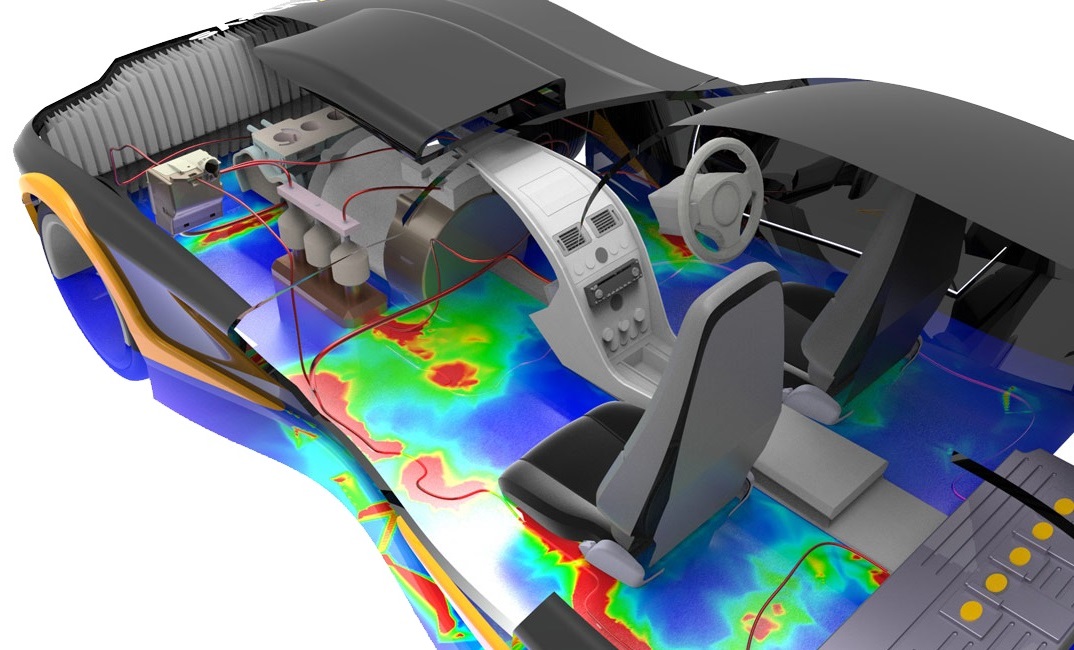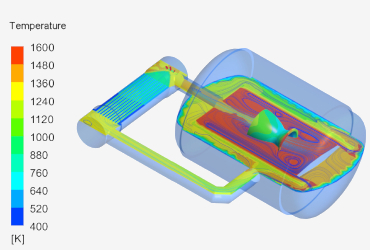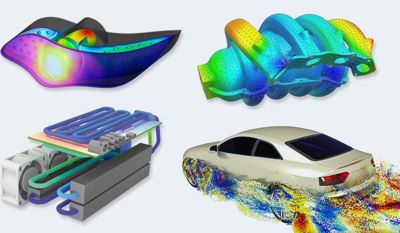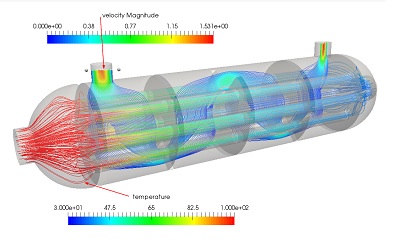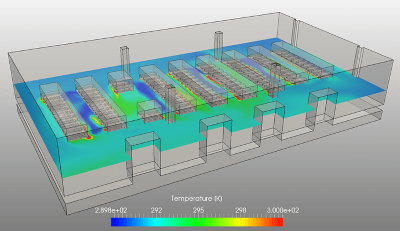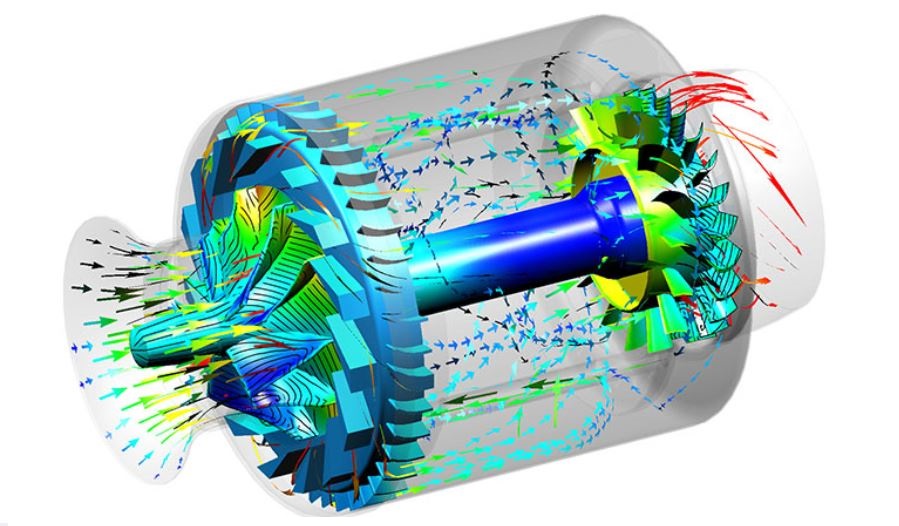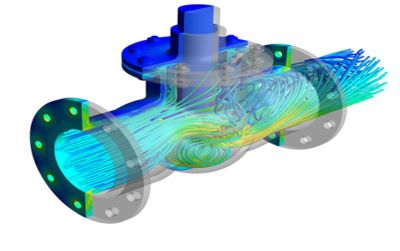Empowering Engineers with Cutting-edge Ansys Training
At Niharika Institute of Computational Engineering (NICE), we understand that every learner has unique preferences and commitments. That is why we offer a seamless blend of online and offline learning options for Ansys training. We take pride in offering cutting-edge courses in computational fluid dynamics (CFD) analysis, designed to equip engineers with the skills needed to excel in the dynamic world of engineering. Our industry-oriented curriculum, taught with real-world projects, sets us apart as a premier institute for CFD education.

